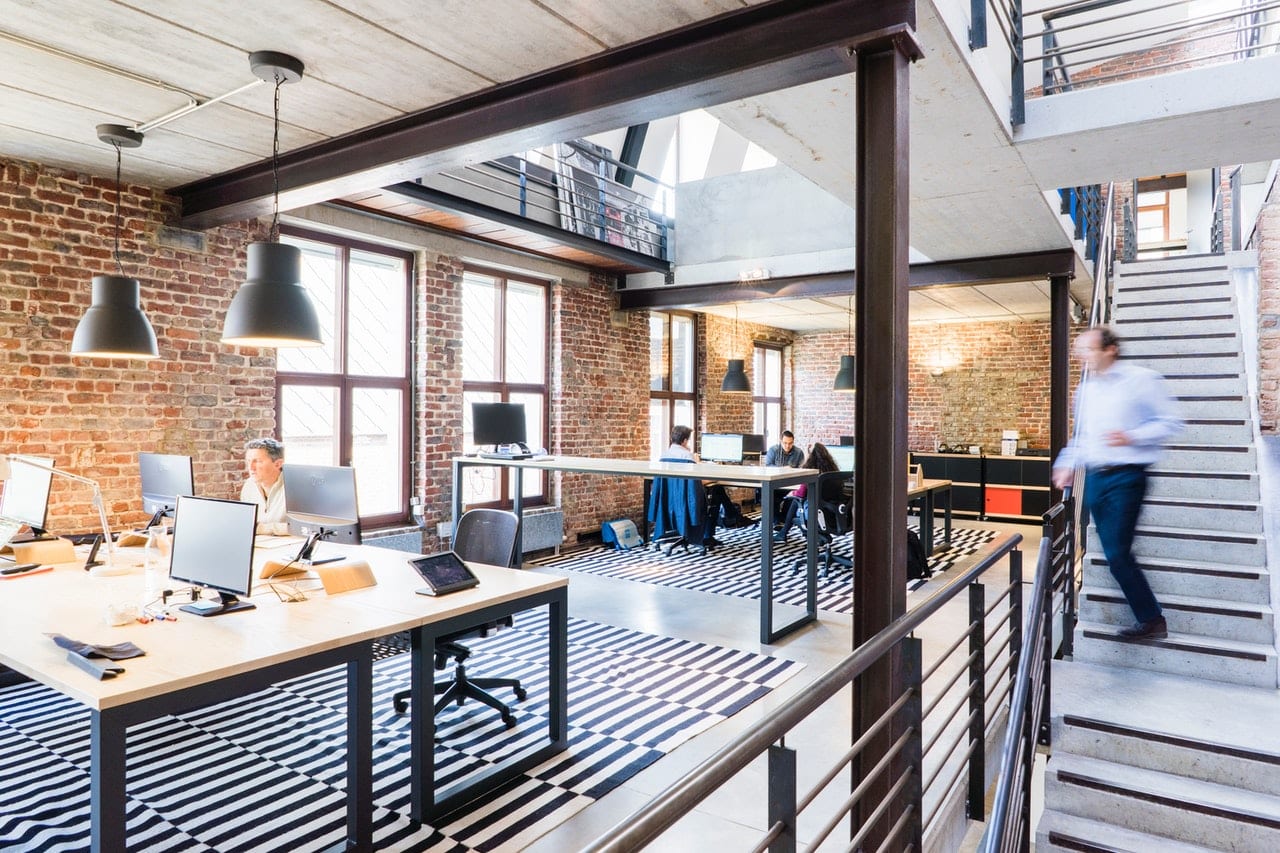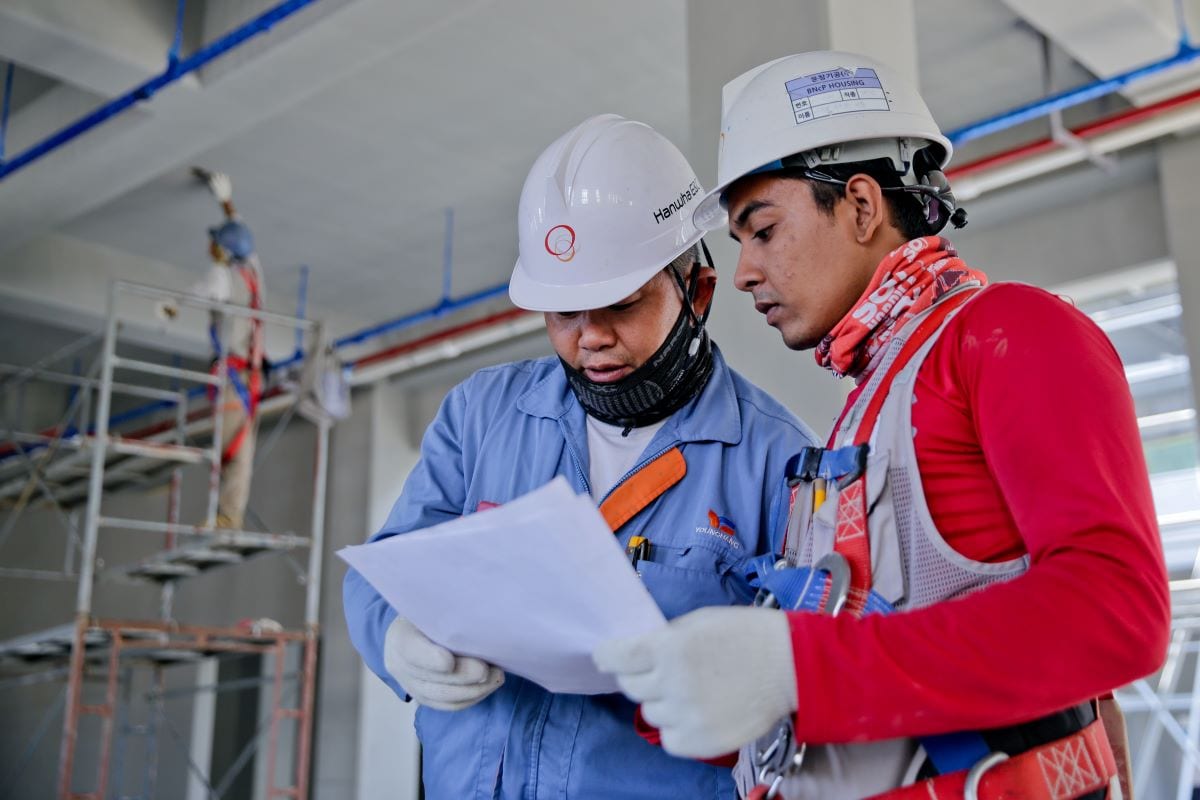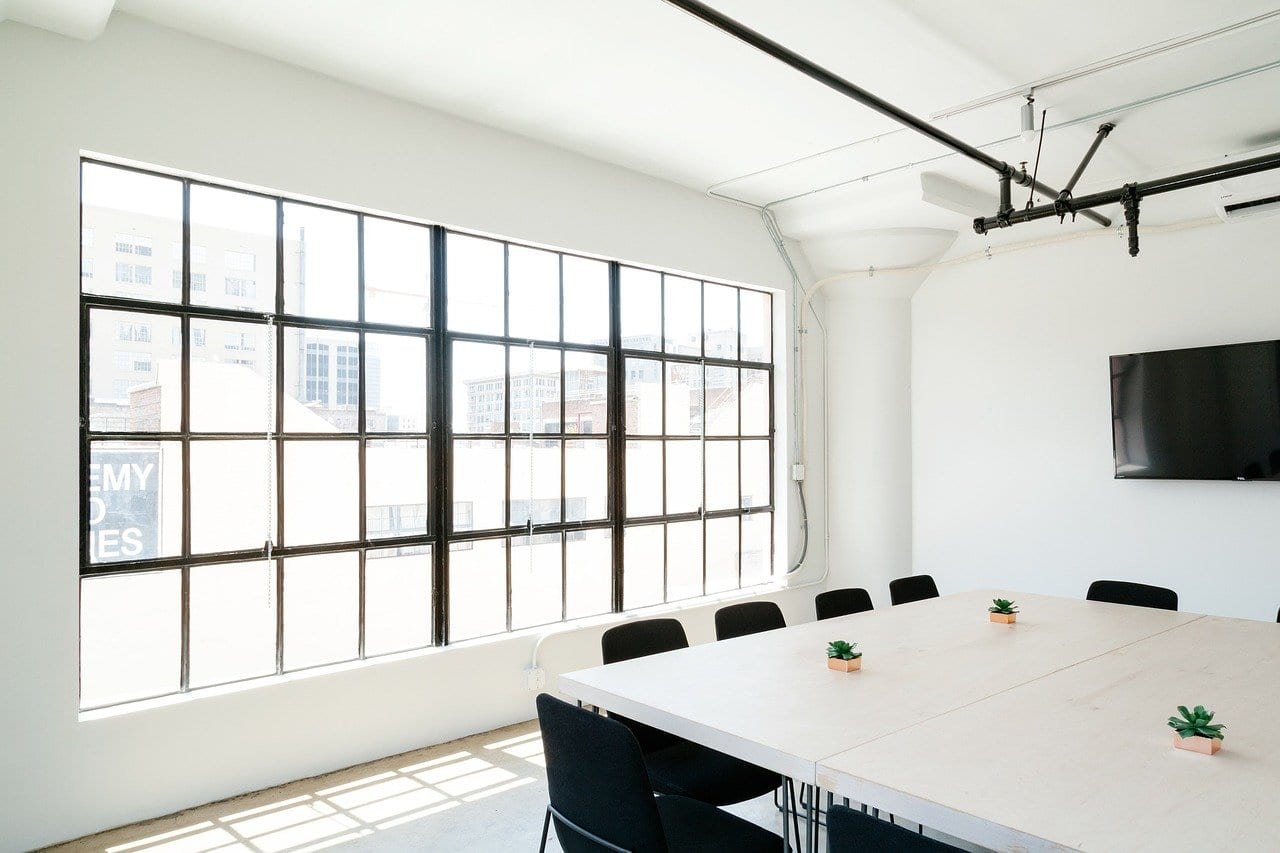3 Ways You Can Make Employees Feel Comfortable Enough To Return To The Workplace

If you miss having your staff around, or you’re worried that remote working is damaging employee performance and productivity, you’re probably eager to get everyone back to the workplace ASAP. How do you do this, though, without harming people’s safety and ensuring that they all feel comfortable?
These three suggestions ought to help.
Have Consistent And Open Communication
If you want to have a successful business, it’s important to understand why employee communication is essential. The more you talk to your employees and understand their feelings about work, the likelier they are to be honest with you and become dedicated to the business.
Of course, trying to do this in big team meetings isn’t the way to go about things. Instead, you want to focus on one-to-one conversations so that employees can voice concerns without potential judgement from their colleagues. Admittedly, some people may still be nervous about sharing their struggles with you, but they’re more likely to open up this way.
In terms of COVID-19, regular communication can let you know who’s uncomfortable about returning to the workplace and find ways to ease their minds. That way, no-one has to do anything that they’re not comfortable doing.
Make The Workplace Exceptionally Hygienic
One of the biggest concerns that employees are likely to have about returning to the workplace is hygiene. After all, the reason they’ve been stuck at home for so long is that there’s a virus going around.
While you might not be able to give your employees absolute certainty that they won’t get sick, you can still provide them with an exceptional level of hygiene. This can be achieved in several ways, including using a COVID-19 fogging machine.
Capable of killing all but 0.0001% of germs, a disinfectant fogger could help your UK workplace to be as free of contaminants as possible. You’ll find such a solution at Ideal Cleaning, who promise that the process will only keep you away from work for as little as two hours. If you combine their fogging capabilities with social distancing and good employee hygiene, there’s a good chance that COVID-19 will never infiltrate your workplace.
Establish A Detailed Work Plan
If employees are still hesitant after opening communication and cleaning the office, it may be worth presenting them with a return-to-work plan. In this, you can detail exactly how you’ll ensure everyone stays safe, so the risk of the virus spreading is as low as possible.
In this detailed plan, you’ll probably want to include these protocols, as well as outlining how you’ll monitor and respond to employee behaviour. After all, there’s no point telling people to do x, y, and z if you’re not going to check that everyone follows your orders.
Your staff who are reluctant to return to the workplace need to know that you’ll do everything to keep them safe. Otherwise, they’re just going to continue working from home.
If your business is struggling with the remote working setup, then it’s understandable why you’d want everyone back as soon as possible. Just make sure you take all the necessary steps to acknowledge and protect your employees so that this move benefits, rather than hurts, your business.





